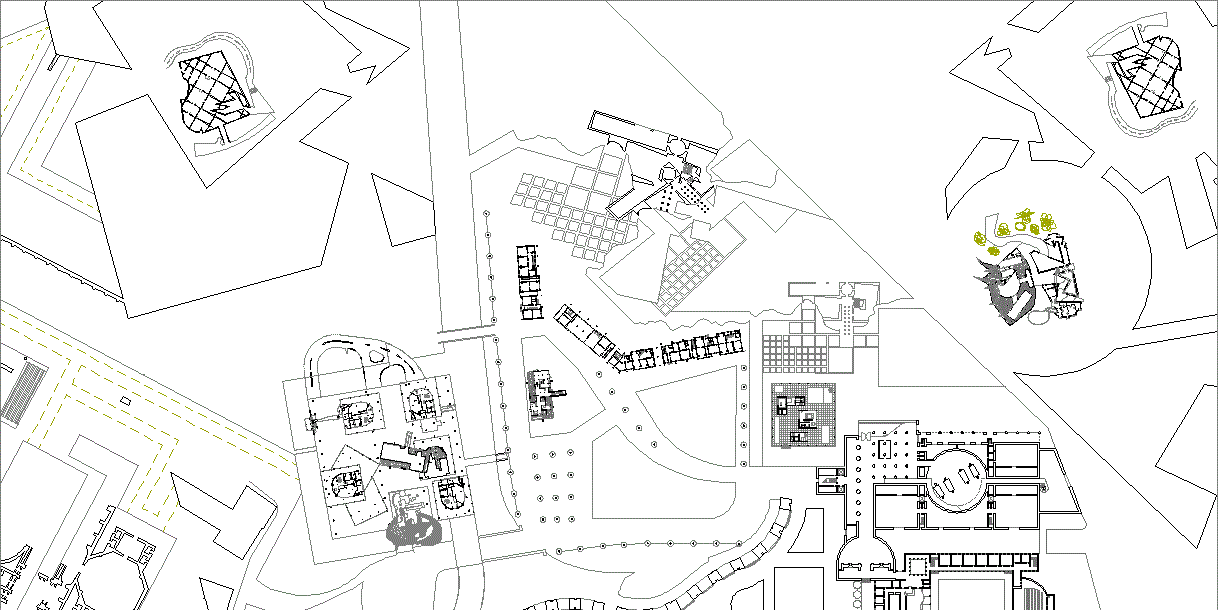 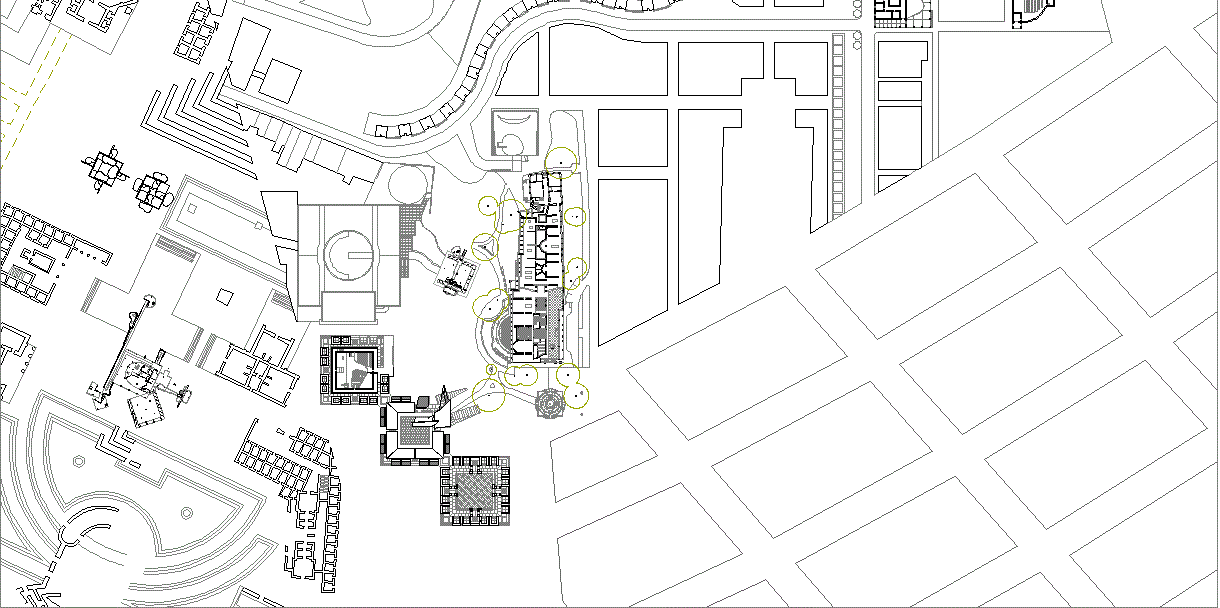
District Q
| |
dossier atemporality/continuum
0125 Hadrian's Villa 206k
0326 Basilica Sessorianum 2070
1230 San Stefano
...the Basilica of St. Stefano, Bologna, thirteenth century, a religious compound where the Court of Pilate and the Church of the Holy Sepulcher, Jerusalem were/are specifically reenacted.
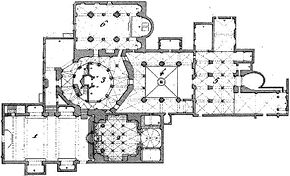
1. The six churches of which the plans are here given, nos. 1 to 6, are thus grouped at Bologna, under the title St. Stephen, the church no. 1, however, being more particularly dedicated to the saint.
2. Subterranean Church of S. Lorenzo, beneath that of St. Stephen, and serving as the Confession.
3. Church of the Holy Sepulchre; according to tradition the baptistery of St. Peter and St. Paul, no. 6, the first cathedral built at Bologna.
4. Another church, called the Court of Pilate.
5. Church of the Trinity.
6. Church of St. Peter and St. Paul.
1725 Entwurff Einer Historischen Architectur 4550
1750 Opera Varie di Architettura I
1756 Le AntichitÓ Romane
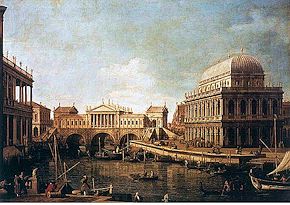
1759 Capriccio Palladiano
1762 Il Campo Marzio dell'Antica Roma
1762 Ichnographia Campus Martius 2110
1765 Osservazioni Sopra la Lettre de M. Mariette
1765 Key Plan of the Monumens
1769 Diverse Maniere d'adornare i cammini
1800 Recueil et Parallele des Edifices 3128
1805 PrÚcis des lešons d'architecture 1805
1814 Architecture Civile 3781
1830 Altes Museum 2120
1833 Court Gardener's House - R÷mischer Bńder
1835 Project for a Prince's Residence
1869-84 Schlo▀ Neuschwanstein
1884 National Bank of the Republic [Clearing House]
1884 Herrenchiemsee
1938 Danteum 2165
1970 Collage/Daniel Libeskind
COLLAGE/DANIEL LIBESKIND. Collage challenges the notion of architecture as a synthetic construct--a mixture of various creative disciplines. The idea of achieving such a synthesis by a hollow manipulation of heterogeneous elements can result only in 'synthetic flaws'. Architecture cannot compete with film, total theater, technology, psychology, or sociology, to achieve relevance. By drawing from these motley disciplines it constructs only hybrid conglomerations without integral syntactic necessity or organic unity. The expedient definition of architecture as a 'total environmental system' is popular among designers, users, producers, critics, etc., because it allows the concurrence of all these points of view without provoking a conflict between them. The theory that architecture is a synthesis along Wagner's theory of the theater, allows and in turn justifies, the complete exploitation of any devise; be it plastic, programmatic, or technical, in order to achieve a superficial stimulation of our sensibilities. In this way the accidental and arbitrary parade in the guise of a new methodology. The attempt at incorporating these foreign technologies or sophisticated mechanizations does not lead to dynamism of thought but rather to enervating physical mobility. Progress in this direction is therefore futile from the conceptual view, for no matter how much architecture exploits these resources, it will always remain inferior to a discipline such as film, for its ability to manipulate sequences, control speed, or create instantaneousness. The analytic approach, devoid of multiple means, limited to the existing materials, determined by historical realities, can fashion a new framework for concepts and ideas by releasing us from the determinism in both syntactic and semantic domains. It is a kind of poverty that is being proposed. A poverty of matter to be compensated by the development of the conceptual ideal. The use of 'garbage' reveals a possible method which can penetrate beyond the surface appearance of meaning and form, and strike at the very depth of conditioned relations; generating through a new grammar radically different ways of perceiving, thinking, and ultimately perhaps acting. [c 1969]
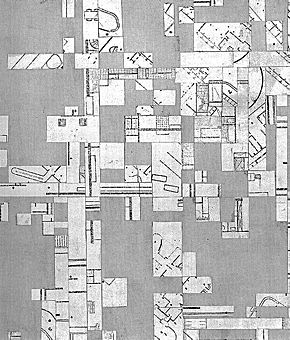
|